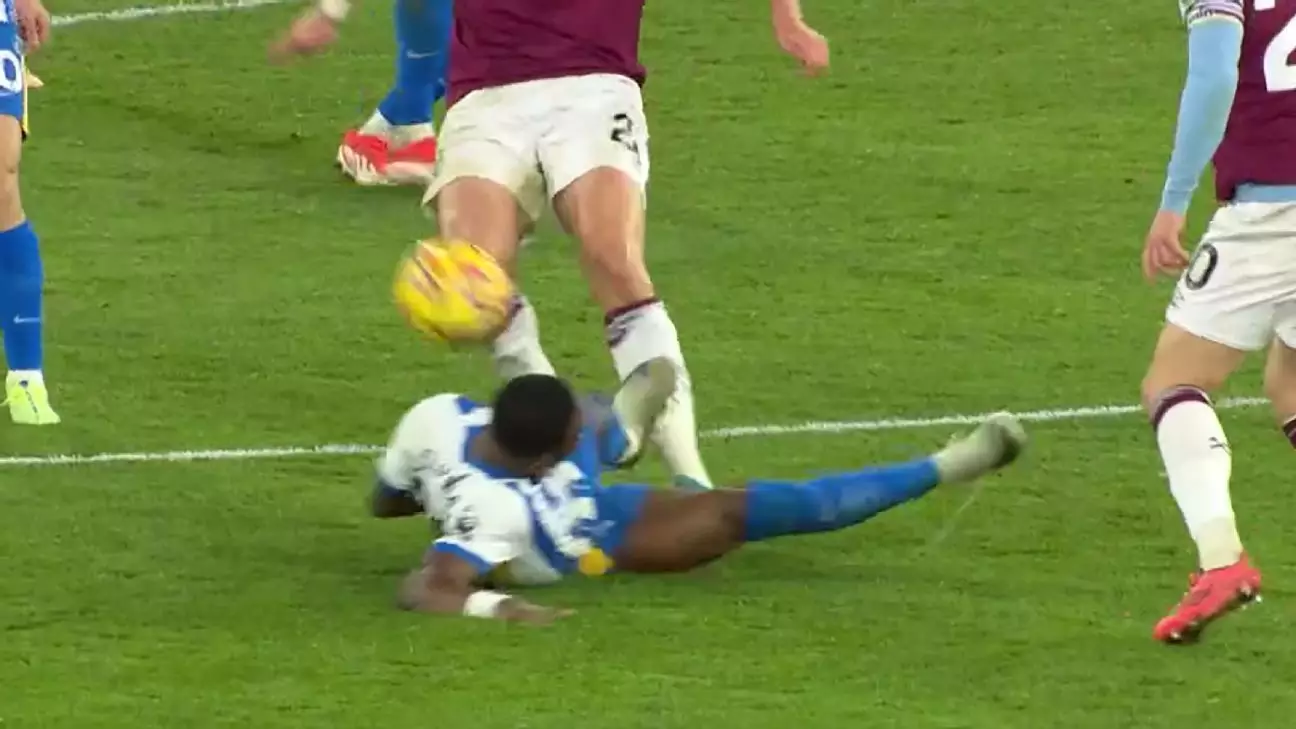The Video Assistant Referee (VAR) system has ushered in a transformative phase in the Premier League, yet it has been a source of ongoing contention since its inception. Every weekend, fans are often left discussing critical incidents where VAR plays a pivotal role in deciding matches. Understanding how VAR decisions are made and the impact they have on the sport can deepen our appreciation of this technology, despite its contested nature. This article delves into some recent VAR incidents and examines their implications through an analytical lens, focusing on decision-making, player safety, and the broader context within English football.
The Mechanics of VAR Decision Making
A common point of confusion among fans is the mechanics of VAR. Unlike traditional refereeing, VAR operates under a different set of protocols. Whenever an incident occurs that might require re-evaluation, the on-field referee can consult with the VAR, who examines video footage to determine if there has been a “clear and obvious error.” This framework can lead to varying interpretations, particularly concerning what constitutes serious foul play.
Recent incidents illustrate these complicated dynamics. In a match between Brighton & Hove Albion and West Ham, defender Pervis Estupiñán’s challenge on a rival player sparked debate about whether the foul warranted a red card. Although referee Rob Jones opted for a yellow card, the failure of VAR to intervene raises critical questions. The consensus among pundits and fans is that such instances should garner meticulous review, especially when player safety is at stake.
Serious foul play looms large in the discourse surrounding VAR’s efficiency. The Premier League, unlike many other leagues, has cultivated an atmosphere of physicality that raises the stakes for players and referees alike. Misjudgments in these high-pressure moments can lead to injuries and negatively affect the integrity of the game. Cases, such as Manchester United’s Bruno Fernandes escaping VAR scrutiny for a contentious tackle, and Brentford’s Christian Nørgaard facing an overturned red card, further underscore the inconsistency surrounding VAR interventions.
The expectation for transparency in officiating is juxtaposed against the reality of inconsistent interpretations from both on-field referees and VAR officials. Estupiñán’s challenge, which resulted in contact high enough to raise concerns about player safety, exemplifies a missed opportunity for VAR to reinforce the laws of the game. Adherence to the principle that intent is secondary to the consequence of a challenge is crucial for player safety.
Several noteworthy incidents from recent matches reveal the limitations of the VAR system in essential decision-making moments:
1. **Chelsea vs. Everton:** The incident involving goalkeeper Jordan Pickford and Chelsea’s Malo Gusto raises critical questions about the standard of protection afforded to attacking players. While VAR adjudged a clattering challenge as a legitimate play for the ball, many observers noted the reckless nature of the tackle, reminiscent of Pickford’s earlier controversial challenge on Virgil van Dijk. This inconsistency in evaluating the severity of goalkeeper interventions is troubling, as it seems that certain players enjoy an undeserved buffer from scrutiny.
2. **Nathaniel Clyne’s Tackle:** The incident where Clyne caught Riccardo Calafiori was adjudged a yellow card, with VAR confirming the referee’s decision. While the tackle may not have been malicious, it sparks a broader conversation about the thresholds for intervention in situations that could impact a player’s well-being, especially as physicality remains a hallmark of the English game.
3. **AFC Bournemouth’s Goal Check:** In a goal by Antoine Semenyo, VAR was tasked with reviewing a possible handball. Despite the ball making contact with Semenyo’s arm, the decision to allow the goal showcases the stringent limitation of VAR in interpreting handball rules, particularly when assessing intent versus mere contact. The distinction remains ambiguous, further complicating the criteria for VAR’s involvement.
The VAR system is, without a doubt, a double-edged sword — poised to enhance the integrity of the game while simultaneously embroiled in controversies that challenge its legitimacy. The complications surrounding decision-making processes, player safety, and the interpretation of the laws of the game indicate that VAR still has a journey ahead to gain widespread acceptance among fans, players, and officials.
As the Premier League seeks to foster a physical style of football, the balance between maintaining that physicality and ensuring player protection becomes paramount. Future iterations of VAR must address its current shortcomings, particularly regarding serious foul play and clear intervention guidelines to uphold the beautiful game’s integrity. The blend of technology and human judgment needs a recalibration if football is to navigate this complex landscape successfully. As every week unfolds, fans will remain vigilant, observing whether VAR can indeed become the ally it is intended to be.

Leave a Reply